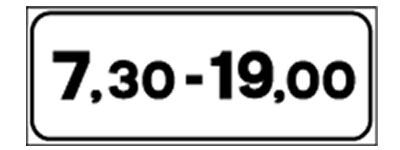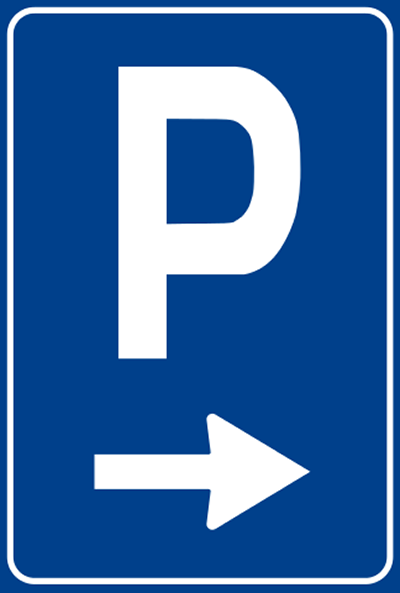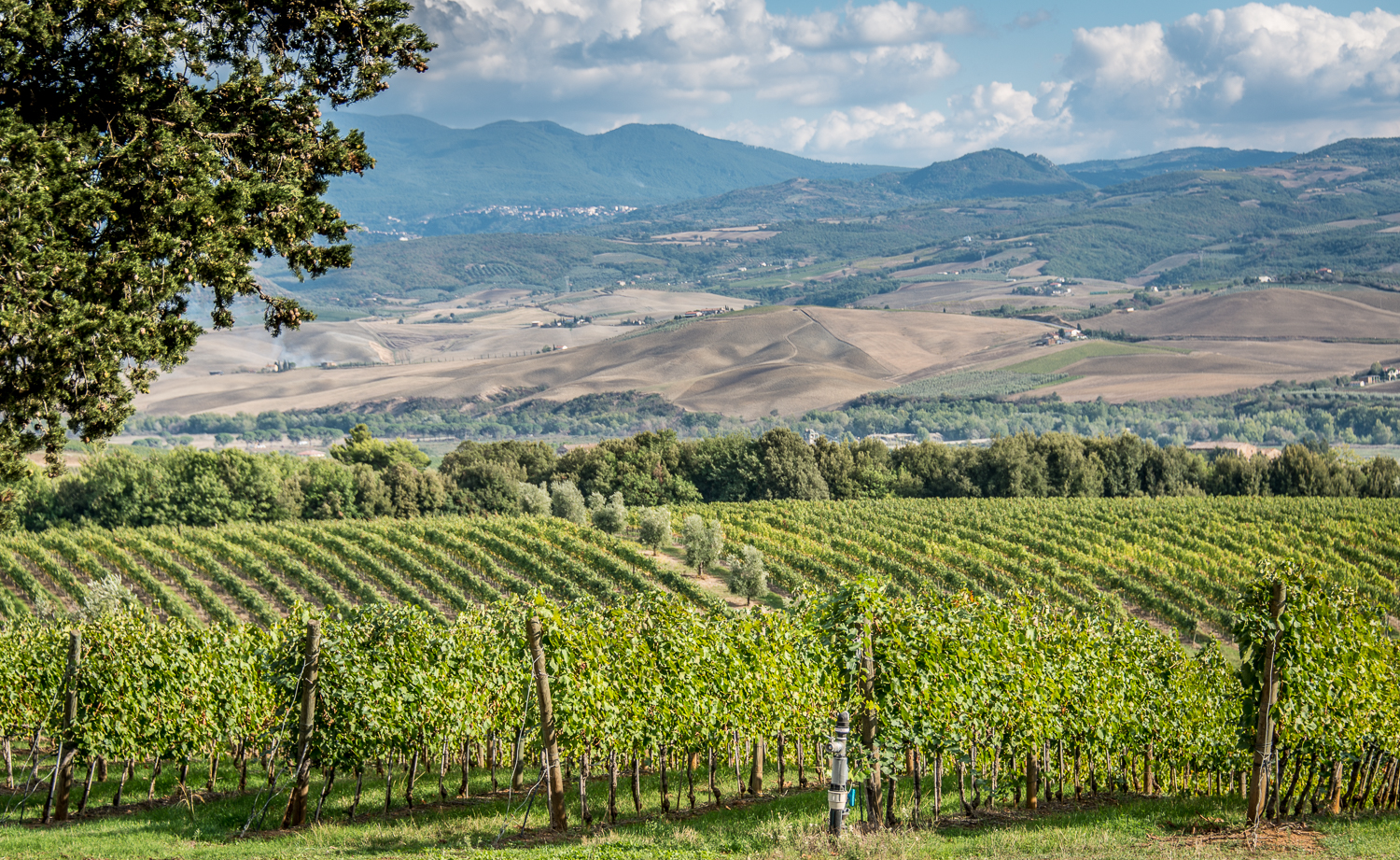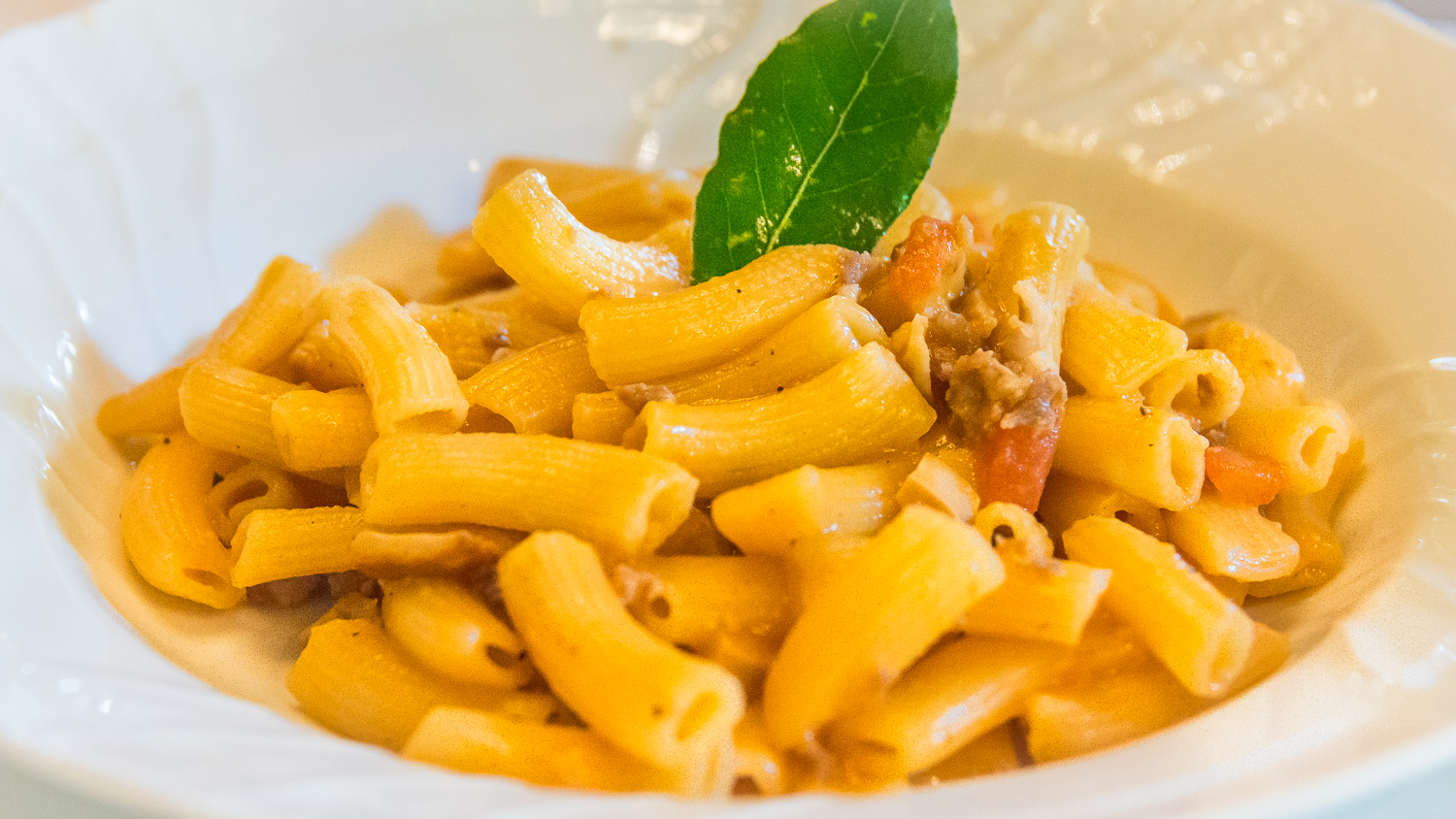What in the world is this about?! It’s about wine; that’s what it’s about!
“I’ll start with the highest classification system and go to the least restrictive”
Italy is unarguably* one of the best places in the world to grow grapes and vinify them into beautiful, outstanding wines. In the early 1960s, Italy came up with a regimented system to protect the quality of their wine. If a particular wine varietal (e.g. Brunello, Barolo, Chianti, Valpolicella, etc.) gains a reputation as a great wine, you don’t want some upstart winery coming in with their own formula using the very same varietal name to give that varietal wine a bad name and ruin everything. So, it’s kind of a marketing thing. And it’s kind of an safeguard thing. And, it’s kind of confusing thing on top of all of that.
You can see the DOCG designation written out at the top of the label, just above “2011”
So, the system that they developed is a series of laws that classifies Italian wines by quality of specific wine varietals, like those mentioned above. It’s a way to regiment the stature of Italian wines and to guarantee that they come from whence they say…in other words, they’re authentic. And not just where the wines come from, but their alcohol content, type of grape, and their aging are regulated in their classification systems.
It’s a good bit about geography, as wine zones have been set up within Italy. Within these zones, the growers and producers of wine must follow government regulations in order to have their wine certified within this system. You will find that most of the DOCG wines (defined for you just a bit later), for example, come from Tuscany (e.g. Brunello and Chianti), Veneto (e.g. Amarone, Valpolicella, and Soave), and Piemonte (e.g. Barolo and Barbaresco). This gives you a wide variety of wines from which to choose for your drinking pleasure.
And on the neck of the bottle is the serial number
Can the classifications lead you to the better Italian wines as you shop? Yes, they can. That’s pretty much the whole point. You will need to look for words on the label, like the words on the back label of the Banfi 2011 Brunello di Montalcino shown above where it says, “Denominazione di Origine Controllata e Garantita”, i.e. DOCG. There will also be a paper band that has a serial number on the neck of the bottle…or it might cover the cork, like the band on the neck of that same bottle of Banfi 2011 Brunello di Montalcino, as seen here. A serial number? Are you serious? Yes, these Italian law-makers are serious about their wines. [More on Banfi wines here]
You may hear the word ‘appellation’ used. This comes from the French system of classifying their own wines. Basically, it refers again to a specific wine varietal.
Now to the classification system. I’ll start with the highest classification system and go to the least restrictive. Here’s how it works.
DOCG
Short for Denominazione di Origine Controllata e Garantita, or in English, “Controlled and Guaranteed Designation of Origin”.
This label proves that it is rated as a DOCG wine
DOCG is the highest level of quality recognition which can be bestowed on an Italian wine. Because there were so many DOC wines (covered next), and because not all of those wines were of equal quality, this DOCG designation was created in 1980 to ratchet down the quality designations of those wines. Government officials actually have to taste the wines to give DOCG status! Hello…can we get one of these jobs?
Besides taste, they make sure that the grapes were grown in the correct geographic region, have a lower portion of blending grapes, come from lower yield fields, have a higher alcohol content, and receive longer aging. All of this creates and opportunity for a great wine to emerge from the certification process.
Who got the first DOCG designations? Piemonte’s nebbiolo-graped Barolo and Barbaresco, and Tuscany’s Brunello di Montalcino and Vino Nobile di Montepulciano, both of which come from the sangiovese grape. It was a presidential decree that gave these wines their DOCG status. Is it just me, or does the Italian government seem to be more on the ball than our own?! I mean, tasting wine, making decrees…life is good in Italy.
After the forces of government complete their evaluation, a wine is “guaranteed” with an official, government, serial-numbered seal/label, like the one shown a bit above. That’s what you look for whilst wine shopping. And, how many DOCG wine varietals might you find? That would be 74 at this moment.
Before we leave DOCG wines, I need to clarify something. Those 74 wines don’t represent 74 wines from 74 wine makers with a total of 74 wine labels. That number 74 represents the number of varietals of wines, not the number of producers with the label of DOCG attached to their bottles. For instance, whilst in Italy, I’ve seen hundreds of different bottles of Brunello di Montalcino with DOCG on their label in wine stores, and it’s the Brunello di Montalcino varietal that is but 1 in 74, not a particular wine makers issue of Brunello di Montalcino. It will clear things up a good bit if you click here to see the full list of DOCG varietals of Italy.
DOC
This wine is a DOC wine
Right below DOCG is Denominazione di Origine Controllata, or Controlled Designation of Origin. The lack of the word ‘guaranteed’ is the key here. Those government sponsored DOCG sippers and spitters aren’t there to put their official guarantee on these wines. Compared to the DOCG rules, think of these rules as strict, but generous. The wines still must be scrutinized for quality, and there are still rules about permitted grape varieties, maximum harvest yields, and aging requirements, but the rules tend to be less stringent than with DOCG, which adds a quality tasting panel to the mix.
The label of the Renato Ratti ‘Ochetti’, just above the word ‘Nebbiolo’ (the varietal), clearly states on the label that it is “Denominazione di Origine Controllata”. [You can see more about Renato Ratti here]
So, DOC isn’t as stringent as DOCG. Does that mean that the wines won’t taste as good. Not at all. You are the determinant of what you like…not designations, wine raters, and government types.
Even a Vin Santo gets a DOC status
The DOC rules vary by region, but there must exist a traditional formula for the vinification.
In this label, we find that even Vin Santo can have a DOC designation.
How many have DOC designation? At around 329, they are much more common, but the number is a bit slippery. You can see the current full list here.
IGT
One of our favorite wines is IGT- so don’t shy away from them
Indicazione geografica tipica, or “Geographical Indication”, or IGT, was created in 1992 to recognize the unusually high quality of many of the wines not making the DOCG or DOC category. Mostly what you get with an IGT designation is the locality of their creation.
Don’t confuse this lower ranked designation with poorer tasting wines, as many Super Tuscans are in the IGT classification, and they can be quite tasty.
And that label in this photo for Allegrini’s Palazzo della Torre, shows IGT status, and I can guarantee you that it is an outstanding and inexpensive wine. [See more about Allegrini wines, and in particular Palazzo della Torre and the unique way that it is made, here]
INTERESTING SIDE NOTE (at least it was of interest to me): Sometimes, when the harvested grapes in a particular year are not of a superior quality, a producer might abandon the production of their normal DOCG- or DOC-designated wine because, with asperations lowered, they don’t want to adhere to the more stringent and costly standards using a lesser-quality grape that just wouldn’t wind up meeting the standards for the wine that it winds up producing. So, they drop down to the IGT designation and move on. They might even do this a year or two into the vinification of a wine that was destined for appellation status to cut their losses, yet in the meantime, they produce a pretty darned tasty wine of IGT quality. One more thing: quality can be defined as meeting the customer’s expectations…so if you have less of an expectation of an IGT-priced wine, you are more likely to have your expectations met. IGT wines can have a high quality-to-price ratio.
VdT
Vino da Tavola (VdT), or simply ‘Table Wine’ is a lesser known designation. It doesn’t have a geographical component. The wine must be made from grapes grown in Italy. I’m not sure that you’ll see the VdT designation in your local wine store, as they normally aren’t worth the effort of shipping them here. Our experience is that most ‘vino della casa’ (house wines) of a ristorante in Italy, often served from a spigot like beer, are usually good with their pasta and pizza, and I’m guessing that many of these would be of the VdT variety.
The Settecani Castelvetro Winery had a mishap…but a good one!
Not to belabor the point about wine from a spigot too much, here is an interesting anecdote. We all know who once turned water into wine…right? Though this time it was just an accident, earlier this year the people of Settecani, Italy thought they were seeing a miracle as they turned on their faucets to see water turn to wine. People were literally showering in Lambrusco from the Settecani Castelvetro Winery as the winery’s valves got a little out of kilter.
DOG
Finally we get to DOG. That simply spells ‘dog’. We tend to like dogs, so I’m just throwing this in. Thought you’d want to know. In Italian, that designation would be ‘CANE’. And maybe you’ve heard of the dyslectic agnostic who didn’t believe in Dog? Sorry — I’ll stop now.
So, I’ve always said that ‘I don’t know what’s supposed to be good, but I know what I like’. That covers it for wine, too. But, I have to say that in our experience, the wines that we really, really like happen to fall into the DOCG appellation. In the ‘really, really like’ category we find in no particular order: Brunello, Amarone, Valpolicella, Rosa Regale (a magnificent type of Brachetto d'Acqui, or sweet spumante red wine), Soave, Prosecco, Moscato di Asti, Barolo, Barbaresco, Nebbiolo, Vin Santo, Florus, and many more. I just had an epiphany! Right here, at this moment, I’m creating a new ‘RRL’ appellation…for ‘Really, Really Like” — so look for a little RRL appellation sticker on the bottom of certain Steve-approved wines.
And by the way, Ellen and I are generally available to join you for a meal and to sip Italian wines. Really. Just call. I’m serious. And, if you don’t want to cook, we can just drink wine.
Ciao for now,
Steve
* I said ‘unarguably’, but I’m not sure that there is anything that one can’t argue about these days…though I’m not sure I agree with that!
If you are not already ‘subscribed’ to my articles of Italy, click here!



















































